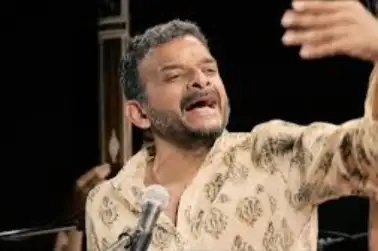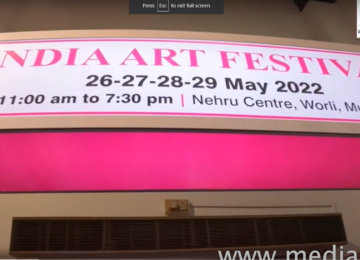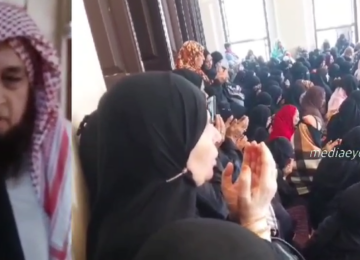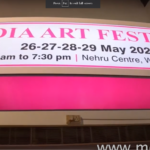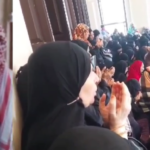Sasi Nair
mediaeyenews.com
Two decades before India won its independence from British crown, spiritual leader and social reformer in Kerala was invited as chief guest to inaugurate a newly renovated temple in Kalavankode, Kerala. Sree Narayana Guru who was pioneering a reform movement in Kerala against the injustice in a caste-ridden society of Kerala back then had been inaugurating many temples across the state to promote equality among classes. In the process he was creating spaces where people cutting across caste and community
could congregate under a single roof to attain spiritual enlightenment.
Sree Narayana Guru had in due course stopped attending such inauguration events and had instructed his disciples to open schools and institutions of public service. The organizers of this event were adamant on getting the Guru to open this temple with some even threatening to commit suicide if Sree Narayana Guru didn’t comply with their wishes. They even urged him to consecrate some idol and install it in the temple premises. The Guru yielded, his selection of deity, however, was a different one this time around. With
‘Om Shanti’ inscribed on it, the Guru ordered that a piece of mirror be installed in the sanctum sanctorum of the temple. A devotee seeking God will have to find it in his own reflection, i.e. within them. Such an act of genius offers but an insight into the ideologies of the Great Narayana Guru.
For the first time, distinguished classical singer, T.M. Krishna along with R.K. Shriramkumar and K. Arun Prakash, have composed some of Sree Narayana Guru’s verses in music form and give a live performance at a concert in Nariman Point, Mumbai. Speaking to Media, T.M. Krishna said, “Nool in Malayalam meant ‘string’ and it was taken from Sree Narayana Guru’s ‘Janani Navaratna Manjari’, which was written over 100 years ago. In the poem, the Guru talks about the strings from which this
magical world was weaved.” Elaborating further, Krishna said, “To me the biggest appeal lies in Narayana Guru’s message of inclusion and which was what inspired him to turn it into music. The message was derived from his unique understanding of the world. Justice and empathy were the fundamentals to his vision of life and the natural rhythm of the cosmos.”

Sree Narayana Guru’s ‘Vaikom Satyagraha’ launched by him as a revolutionary rebelliousness against Brahmin superiority and dominance and his close relations with towering figures such as Mahatma Gandhi and Rabindranath Tagore, cast him strongly as a social reformer. The Guru’s writings in Sanskrit, Tamil and Malayalam reveal a lot of metaphysics and spiritualism. However, these hitherto have been limited to Kerala, particularly to his community of followers.
Similar to most things that Krishna did, these writings are unique in nature as well as gently and purposefully provocative. Note the components (with a thoughtful use of unadventurous adjectives) of Krishna’s design in this: a Brahmin singer, a classical art form, an Ezhava guru, and an Urdu name for the concert. Breaking down one insular, invisible wall after another, he assembles them all together under one umbrella of true art. The artist, author, and anti-caste activist in him speak in unison and he is not alone.
Sree Narayana Guru has been a guiding light for radical minds that have been assembling in Kochi. An important part of the famous Kochi Muzuris Biennale is a conference on metaphysics and politics, which aims to lessen the gap between the seemingly mismatched goalposts. Famous personalities who come for such events include Riyas Komu and Zoya Riyas (founders of the Uru Art Harbour); Roby Rajan, Vinay Lal, MC Dinakaran and Anish Damodaran (founders of the Backwaters Collective); and loyalists such as Ashis Nandy and G N Devy, and many more. As in the Guru’s life and teachings, these famous personalities are trying to reunite the interior and exterior worlds and the personal as well as the political.
The thought process of Rooh-e-Nool began in T.M. Krishna’s mind when he began attending these conferences in Kochi some years ago. At the Kochi conferences on metaphysics and politics, where thinkers, artists and performers assemble, Sree Narayana Guru gains spotlight. Krishna had been a participant in many of the cultural exchanges over the last two years and this thought germinated during such discussions. For Krishna, who is known to fuse Carnatic music in refreshing, surprising ways with
lesser known folk art forms — Rooh-e-Nool is the next move in his signature art of syncretism.
Krishna wants to take this show far and wide since Sree Narayana Guru’s message is more relevant in today’s time of polarization in society. Plans are underway to perform such shows in Colombo, Yangon, Dhaka, Thimphu, Kathmandu, Zanzibar, etc. Krishna said that he would even consider organizing shows in Lahore and Kabul, if conditions permit. We would like this to be the beginning of a conversation between the mystics and forgotten poets of South Asia, who, in their seeking, brought together self-
questioning, discovery and societal equality. “At a time when polarization in the name of religion and caste is pervading every part of our society, it is essential that we rediscover the words of our mystic Sree Narayana Guru,” Krishna concludes.
_________________________________________________________________________________________________________________________________________________________________________________________________________________
Rooh-e-Nool will be performed at Tata Theatre, NCPA, Nariman Point, on November 1, 7 p.m. Entry is Free, Registration is required.

